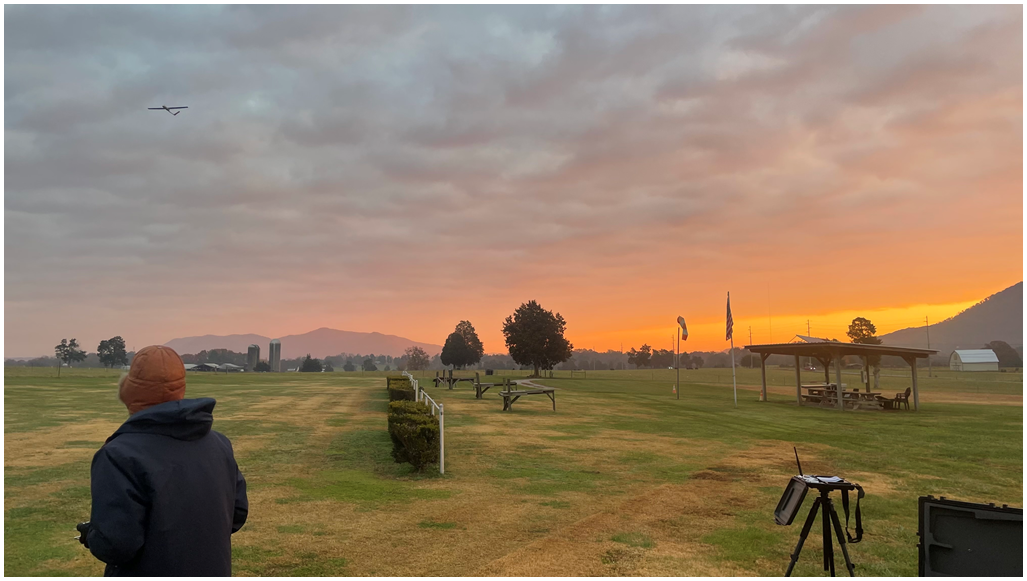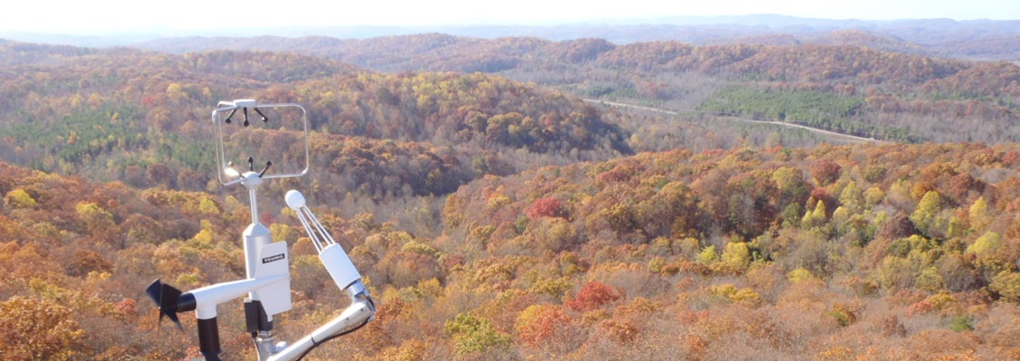ARL Research presented at AMS Meeting in Denver
December 29, 2022
A number of presentations at the 2023 American Meteorological Society (AMS) Annual Meeting held January 8-12, 2023 in Denver, Colorado, will feature NOAA’s Air Resources Lab research on the boundary layer. The development and evolution of our NOAA’s air quality forecasting methods and models is discussed at several AMS presentations.
Barry Baker describes the next versions of these two systems, GFSv17 and GEFSv13, are planned as fully coupled atmosphere/land/ocean/sea-ice/wave/aerosols applications developed within the Unified Forecast System (UFS) framework.
Develop and Evaluate JEDI-Based Regional Aerosol Data Assimilation for NOAA UFS-AQM System
Youhua Tang describes the efforts to improve Aerosol Data Assimilation for the UFS framework, and the fine tuning made to improve future forecasts.
Chris Loughner uses HYSPLIT and the High-Resolution Rapid Refresh (HRRR) model outputs to assess data from the LISTOS field campaign in Summer 2018, to illustrate the unique atmospheric transport pathways into the New York City metropolitan area, which has a complex urban costal interface.
Advancing an Algorithm for Removing Fixed-Wing UAS Motion from Wind Measurements

Ed Dumas flies the BST S2 at HMRC in November 2021.
Small UAS systems are increasingly popular for collecting atmospheric boundary layer measurements of wind velocities. However, removing the motion of the UAS from the vertical wind measurements is challenging. TJ Schuyler presents the efforts to use the onboard data from the UAS’s onboard inertial measurement unit (IMU), along with nearby 3-meter flux towers, to develop a UAS motion retrieval algorithm.
Session 1A, Session 2A, and Session 3A Air-Surface Exchange, Atmospheric Deposition, and Ecosystem Impact.
Rick Saylor and LaToya Myles organized and chair a three-part session on atmospheric chemistry and ecosystem impacts. Presentations will examine measurements and analyses of highly reactive or bi-directional compounds and how to extend that knowledge into global models.
Other posters and presentations by ARL researchers include:
By highlighting improvements in the new bulk Richardson parameterizations, Temple R. Lee and co-authors discuss the need to implement Bulk Richardson parameterizations into numerical weather prediction models to help improve near-surface temperature, moisture, and wind forecasts.
Barry Baker describes work on aerosols, including mineral dust and soils, which are a source of uncertainty in many atmospheric models. Using machine learning, the authors update the threshold friction velocity of soils and dust to compare the results and apply it within the UFS-Aerosol framework.
Barry Baker and colleagues describe advances in the next versions of Global Coupled Modeling Systems, GFSv17 and GEFSv13, are planned as fully coupled atmosphere/land/ocean/sea-ice/wave/aerosols applications developed within the Unified Forecast System (UFS) framework.
Processes of Ammonia Trans-Canopy Dilution after an Accidental Spill in a Forest Ecosystem

Meteorology Tower at Chestnut Ridge.
Bruce Hicks uses data recently obtained at a forest research tower in Oak Ridge, Tennessee, examines a daytime example of a Chemical spills in forested areas. Such studies are relevant to reports of dispersion model overpredictions following railcar accidents involving liquid chlorine in the eastern USA, which is largely forested outside urban areas. Refinement of air-surface exchange formulations through different vegetated canopies is also of contemporary importance in the case of CO2 sequestration.
Surface Characteristics (z0 and d) and their Changes—Revisiting some Forest Meteorology Basics
Bruce Hicks uses data from ARL’s long-term, forest meteorology site operated at Chestnut Ridge, in Oak Ridge, Tennessee to assess diurnal cycles and the flux in forested areas.

